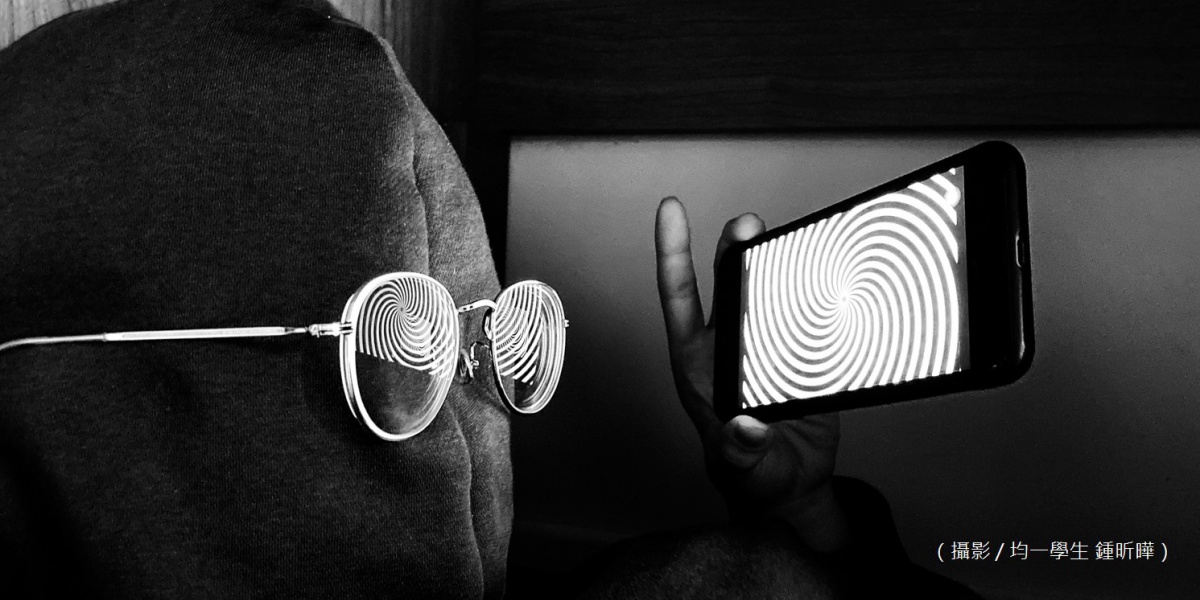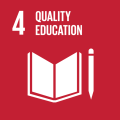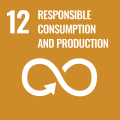This semester, Junyi School of Innovation's Innovative Studies program for Contemporary Arts has invited photographer John Tao to plan its creative thinking curriculum and mastermind the curriculum for its Photography Curator course, which discusses global issues through award-winning photography. Tao and Wilson Sun, with the support of Wang Ming-Fen, Director of Academic Affairs at Junyi, co-delivered the lectures focusing on guiding students to explore complex social and humanities topics.

Creating a New Earth for Tuna is one of my favorite comics. It describes a world so polluted that tuna becomes extinct. In order to taste the delicious tuna again, the main character, a scientist, builds a new earth. The plot may seem absurd, but the logic is practical. The simplest issues are often interlocked with a long series of other issues.
I have a passion for photography. Hence, I'm especially sensitive to the decline of the field. In the new era of phone cameras and social media, photography has quickly evolved into an everyday thing instead of a profession. Initially, I approached The Alliance Cultural Foundation (ACF) to do something about this phenomenon to redefine the role of photography in this new era. I reached out to Stanley Yen, Chair of ACF, and quickly gained the full support of Angela Tsai, CEO of ACF. I was naïve to think that engaging a few international photographers, sharing their works, and replicating their success would do it. Little did I know that I would conclude that one needed to "create a new earth for tuna."

My simple aspiration quickly became complicated. It takes way more than engaging a few world-renowned or award-winning photographers. It requires an organization, abundant artwork, exhibition space, sponsors, and more. By then, I realized this is no longer just about photography. It is about why I love the art of photography and what motivates me to preserve it.
I realized that the main character of the comic Creating a New Earth for Tuna is not merely looking for the taste of tuna but the memory of his family and the respect and value of nature. What I am after is not simply the beauty of photographs but the persistence of great photographers to preserve important moments.

Many wondered about Chair Yen's journey from hospitality to nonprofit and education. To genuinely address a problem, one must dig deep into its root cause. This often is a long journey in which we may not live to see its end.
To me, photography is culture and nature's guardian.
Photographs narrate the precious value of life in war. In nature, photographs show us the beauty it is up to us to preserve. Photography preserves and documents the culture. This is why I like photography. In fact, what we want to guard and preserve can also be accomplished via cell phones or dance. As such, my role, which began as an ACF volunteer photography teacher, evolved into an art consultant this semester.

Junyi is a magical place. It's a top-rated campus situated in the rural town of Taitung. The student body ranges from local aboriginals to returning overseas students due to COVID-19. Many teachers commute from Taipei, as I do, hoping to make a difference. On this campus, one can easily sense the influence of Chair Yen.
Junyi's students made an impression on me. My syllabus is unique and goal-oriented. On the first day, I told them to practice what I teach and to do their homework. I promised that if their work is good, I will exhibit them in Paris in 3 months. To my surprise, they were not intimidated. 16 out of 20 students completed their homework on the first day. To be honest, 4 of these students were more talented than me, and a couple of them might be able to participate in the Paris exhibit. The end-of-class presentation will be part of the Taitung Junyi Art Festival.

Soon after I started teaching, other art teachers took an interest in integrating my material into the overall art curriculum. Instead of just taking photos, students began using their phones to take videos. As a photographer/art consultant, they asked for my opinion. A few years ago, I might have said that's not appropriate. However, after what I have been through, I realized that we should preserve the spirit and essence of photo art. With that, a new art curriculum was created.
Students began to capture images freely, with no limitations on instruments. Teachers look for images that resonate with what they want to express. Music teachers use images expressing dance motions or geographic shapes resembling music symbols. In this, we realized it's not just photography but art in general that has entered a transformation. The essence of art is to express and preserve what moves you.

The exhibition's theme was "Inclusion," focusing on cultural preservation and nature conservation. Teachers and students jointly selected the photos from international organizations.
The works selected include African water, an Italian circus, the Hong Kong democratic movement, a Northern European stadium, and Japanese female sumo wrestlers. They hope to communicate a message that will make a difference; hence, we selected works demonstrating nature-blended architecture, gender equality, and more.

These are not light subjects for discussion, but the images were made bearable through the beautiful eyes of the photographers. For example, there is no answer to the Hong Kong predicament, but aside from the controversial images, we see a simple wish - a wish for a chance for better choices in the future. It is the adults' responsibility, not the children's, to address these painful and difficult topics. We need to demonstrate and role model "inclusion." None of us can be where we are if not for the kindness, understanding, and acceptance of others.

The first time I shared my thoughts on the importance of photography and how it can change the world with Chair Yen and Tsai, they supported me unconditionally. The first time I suggested the idea of bringing art to Taiwan to American Express, I received unreserved support. When Jason K. L. Chang, Chair of Chia Hsin Cement Corp., learned of my work, he opened the doors to the commercial industry for me. My early photography peers became volunteer teachers for the past three years.
The COVID-19 pandemic worsened in Taiwan two days before our exhibit. All activities were canceled. Tsai wrote to me during the shelter-in-place order, hoping to find a different way to share the story. I decided to share some of the photos and the story with readers. It is a long journey. COVID-19 will eventually pass, and we must carry on. We look forward to presenting you with carefully composed award-winning photos from IPA/PX3/MIFA/TIFA/BIFA.
Trusting and depending on each other can empower us to overcome any challenges. That is the message we ultimately want to pass on to our children.

Original article written in Chinese by John Tao, English translation by Angela Chin






